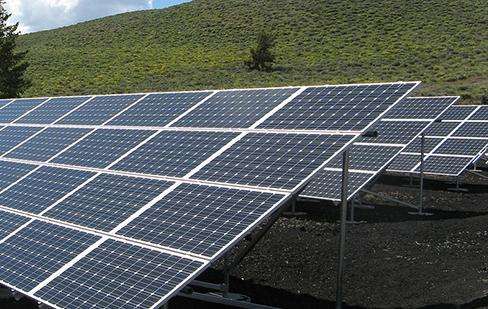Inspection of the steam turbine body (1) Front box: total turbine expansion indication, return oil temperature, return oil volume, vibration conditions, synchronizer position, oil motor position wheel angle, whether the adjustment valve is stuck, and oil motor teeth Are the strips working properly and clean? (2) Bearings: oil return temperature, oil volume, vibration conditions of all bearing bushes, and whether the oil damper is leaking. (3) Cylinder: shaft seal steam supply, unit operating sound, relative expansion, exhaust cylinder vibration and exhaust steam temperature. (4) Generator and exciter: inlet and outlet air temperature, cooling water pressure, temperature of each cooler, sealing tile oil pressure and return oil temperature, return oil volume, whether there is oil leakage in the casing, double water internal cooling generator shaft end inlet Water pressure and presence of leaks. (5) Turning equipment: The handle should be placed in the exit position, and the working power supply should be confirmed to be normal. (6) Automatic main steam valve: main steam valve position indication and whether the cooling water is flowing smoothly. (7) Main dial: pressure and vacuum indication values of steam, water, and oil systems, relative expansion difference, and axial displacement indication. (8) Hydrogen plate: hydrogen pressure, sealing oil pressure, hydrogen leakage, and working conditions of differential pressure valve and balance valve.
Inspection of the steam turbine body (1) Front box: turbine total expansion indication, return oil temperature, return oil volume, vibration conditions, synchronizer position, oil motor position and rotation angle, and whether the adjustment valve is stuck . Whether the oil engine rack is working properly and clean. (2) Bearings: oil return temperature, oil volume, vibration conditions of all bearing bushes, and whether the oil damper is leaking. (3) Cylinder: shaft seal steam supply, unit operating sound, relative expansion, exhaust cylinder vibration and exhaust steam temperature. (4) Generator and exciter: inlet and outlet air temperature, cooling water pressure, temperature of each cooler, sealing tile oil pressure and return oil temperature, return oil volume, whether there is oil leakage in the casing, double water internal cooling generator shaft end inlet Water pressure and presence of leaks. (5) Turning equipment: The handle should be placed in the exit position, and the working power supply should be confirmed to be normal. (6) Automatic main steam valve: main steam valve position indication and whether the cooling water is flowing smoothly. (7) Main dial: pressure and vacuum indication values of steam, water, and oil systems, relative expansion difference, and axial displacement indication. (8) Hydrogen plate: hydrogen pressure, sealing oil pressure, hydrogen leakage, and working conditions of differential pressure valve and balance valve.














